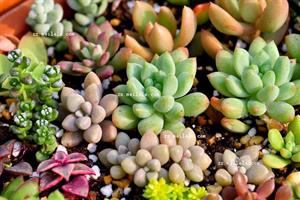Culture methods and matters needing attention of Taxus mairei
Taxus is recognized as an endangered natural rare anticancer plant in the world, and its rarity is self-evident. Natural yew has a low survival rate and slow growth rate, and its number is in a sharp decline since it was discovered. So now many countries and people are planting yew. But many people do not know that it is yew is divided into north and south yew. As the saying goes, "the south is orange and the north is trifoliate orange". Yew from different regions have different planting requirements, so it is necessary to confirm the species of yew before planting yew. So how to raise the yew in the north? Let's take a look at the breeding methods and matters needing attention of Taxus mairei.
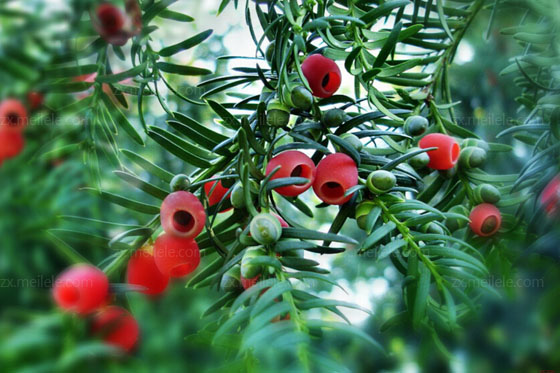
What is Taxus mairei
The northern yew mainly refers to the northeast yew. Taxus mairei, also known as Ziyi, is not only a tree plant of the Taxus family, but also a precious tree species in the Tertiary period. Compared with the general yew, Taxus cuspidata has high ornamental value and medicinal value. Taxus mairei has incomparable advantages over other yew is that there are many lateral branches, red branches and green leaves, delicate plant shape, colorful red beans, very similar to the southern "Acacia beans", so the ornamental value is excellent.
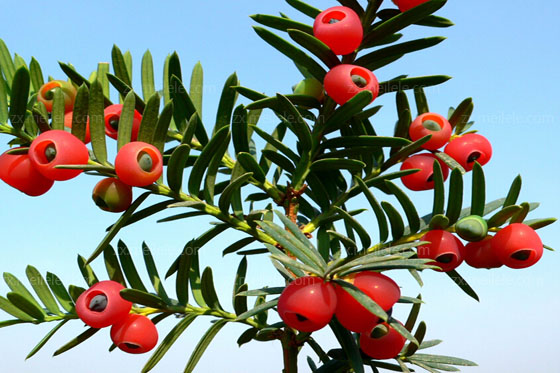
The difference between North and South Taxus
Taxus mairei, whose branches and leaves are usually straight, densely inserted into strips, 1.0-2.5 cm long and 2.5-3.0 mm wide, the leaf surface is bright green, the back is yellowish green, and the back of the leaf has two gray-green stomatal bands. The trunk of Taxus mairei is fresh and green, the cleaning is smooth, the branch of red bean tree bifurcates from the trunk, and the whole tree is bucket-shaped and green. The cone of Taxus mairei is solitary, flowering in May and bearing fruit after flowering. The fruit is mature from September to October every year. The fruit is round and shaped like a red bean.
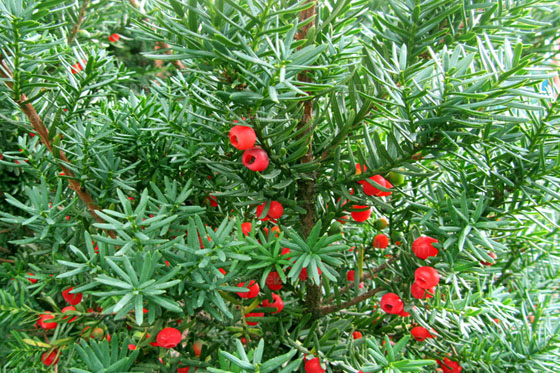
Taxus chinensis var. mairei has usually sickle-shaped branches and sparse leaves, 2-3.5 cm long and 3-4.5 mm wide, with two narrow yellow-green stomatal bands on the back. In addition, the dry trunk of Taxus chinensis var. mairei is brown, its branches are messy and there is no distance between it and the basin soil, so it is not suitable to be planted in the north, and the survival rate is low.
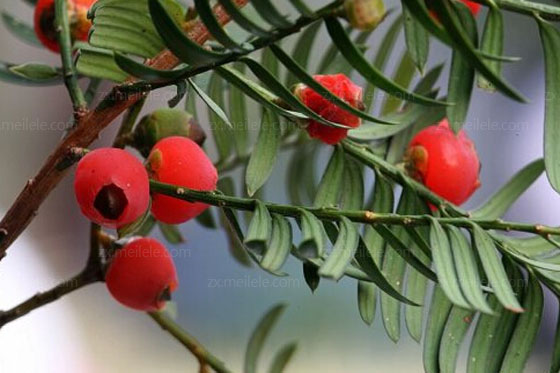
Culture methods and matters needing attention of Taxus mairei
Taxus chinensis var. mairei culture is mainly divided into two kinds: seed propagation and cuttage propagation. Seed reproduction means that the seeds are picked, washed, soaked and stored in wet sand when the yew bear fruit from September to October every year. When the middle and late April of the next year, put the seeds on the seedbed to sow and raise seedlings. When raising seedlings, open a 5-meter shallow trench with a row spacing of 20 meters, sow seeds evenly, and sow 5 to 10 grams of yew seeds per square meter. After sowing, cover 2 to 3 meters of soil, then slightly suppress, and seedlings can emerge after 20 days. When you need to pay attention, the seedlings should be shaded, the light transmittance should not be as high as 30%, and the soil should be watered in time when the soil is dry.
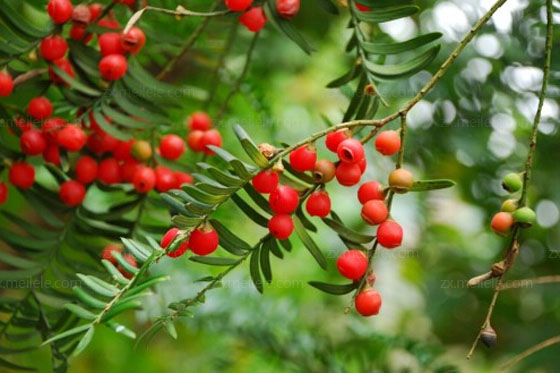
The propagation of cuttings begins from May to June every year. The yew with more than 4 years old was selected as the main body of the cutting. the cuttings were cut off according to the length of 15 cm, and the base of the cuttings was immersed in the solution of diacetic acid or indole acetic acid for 3 hours, and then inserted into the open-field cuttings. Note that the depth of cuttings buried in the soil can be between 3 and 5 meters, and the distance between each yew plant is kept at about 8 × 10 meters. After the insertion is completed, pay attention to watering the yew, spray water twice a day, and once a day after two weeks. In a month and a half, the yew will take root and transplant.
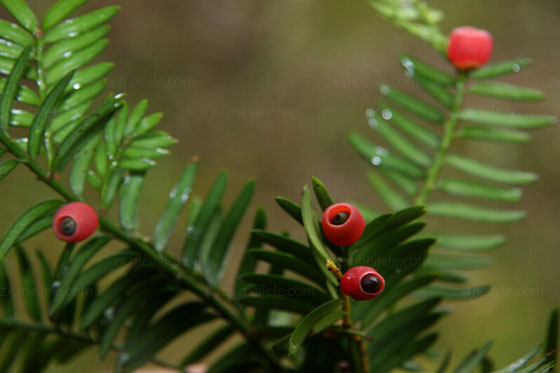
Conclusion: as a rare plant on the verge of extinction, Taxus chinensis var. mairei has a low survival rate and high difficulty in culture. People should pay attention to it carefully when they are in need of culture, and do not ignore the problems that should be paid attention to in their growth and development. The above is about the northern yew culture methods and matters needing attention of the relevant introduction, I hope to help you.
[you may be interested]
☑ where to recycle cross-stitch ☑ machine-embroidered cross-stitch finished ☑ tulip picture collection ☑ self-made underwear storage box ☑ straw weaving handicrafts wholesale
☑ Taxus root carving picture ☑ how to raise aquatic plants ☑ Jasper Culture method ☑ cross-stitch embroidery method to illustrate the culture method of ☑ sword orchid
Conclusion: as a rare plant on the verge of extinction, Taxus chinensis var. mairei has a low survival rate and high difficulty in culture. People should pay attention to it carefully when they are in need of culture, and do not ignore the problems that should be paid attention to in their growth and development. The above is about the northern yew culture methods and matters needing attention of the relevant introduction, I hope to help you.
[you may be interested]
☑ where to recycle cross-stitch ☑ machine-embroidered cross-stitch finished ☑ tulip picture collection ☑ self-made underwear storage box ☑ straw weaving handicrafts wholesale
☑ Taxus root carving picture ☑ how to raise aquatic plants ☑ Jasper Culture method ☑ cross-stitch embroidery method to illustrate the culture method of ☑ sword orchid
Related
- Wuhan Hospital Iron Tree Blooming Result Was Instantly Frightened by the Gardener Master
- Which variety of camellia is the most fragrant and best? Which one do you like best?
- What is the small blue coat, the breeding methods and matters needing attention of the succulent plant
- Dormancy time and maintenance management of succulent plants during dormancy
- Minas succulent how to raise, Minas succulent plant pictures
- What are the varieties of winter succulent plants
- How to raise succulent plants in twelve rolls? let's take a look at some experience of breeding twelve rolls.
- Attention should be paid to water control for succulent plants during dormant period (winter and summer)
- Watering experience of twelve rolls of succulent plants
- Techniques for fertilizing succulent plants. An article will let you know how to fertilize succulent plants.


